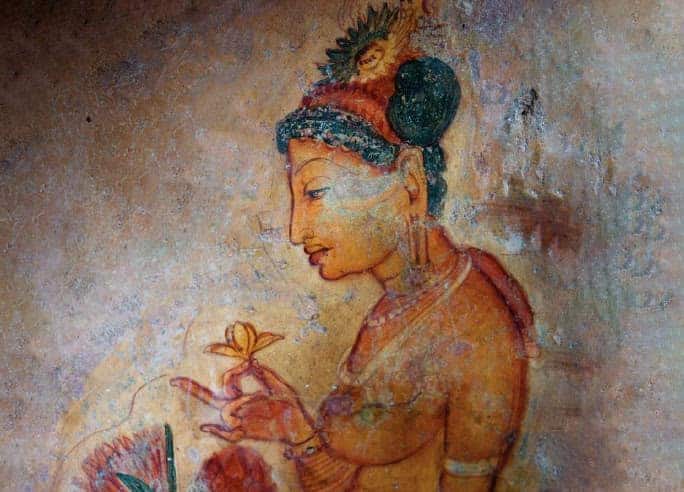
What are the smells that permeate India? Is it the smell of falling rain? Of Pandanus (ketaki) flowers? How do Indians use perfumes? Is it layered or linear? Sandalwood paste on body, sambrani incense using agarwood on hair, cloves to chew on. In this talk about scents and seeing, Shoba Narayan talks to author and professor, James McHugh about thereligious and cultural role of smell in India throughout the first millennium CE. The conversation touches upon sophisticated arts of perfumery, developed in temples, monasteries, and courts, which resulted in worldwide ocean trade of materials ranging from jasmine to cardamom. They discuss the pleasures of the senses, and the values they evoke.

James McHugh
James McHugh studies the history and religions of early India, working with texts in Sanskrit and related languages. He completed his Ph.D. at Harvard University in 2008, and is now associate professor at the University of Southern California. His book “Sandalwood and Carrion: Smell in Indian Religion and Culture” (OUP: 2012) explored the meanings of odors, perfumes, and aromatics in India. He is currently finishing a book on alcohol, drinking, and abstinence in Indian history and religion, tentatively titled “An Unholy Brew.”

Shoba Narayan
Shoba Narayan is the author of four books and a columnist with Hindustan Times Brunch magazine. She writes about food, travel, fashion, art and culture for many national and international publications. She is the overseas correspondent for Radio New Zealand. She has taught at IIM-Bangalore and the Indian Institute of Science. Besides writing, she watches birds, quaffs wine, and enjoys gadgets. Her lifelong mission is to get fit without exercising and lose weight without dieting.

Leave A Comment